Horses are majestic creatures known not only for their grace and strength but also for their playful nature. Understanding why horses engage in play, especially with objects like balls, reveals much about their behavior and needs. In the wild, horses may not have access to colorful toys, but they still exhibit playful antics, which are critical for their development and well-being. Domesticated horses often find joy in simple toys, such as balls, which can provide both entertainment and exercise. Here’s a brief insight into why horses enjoy this form of play:
- Playfulness in horses can be a sign of their well-being, releasing “feel-good” endorphins.
- Equine games, such as Nip and Shove, are part of their natural behavior, and balls can be a tool for such interactions.
- Stall toys like balls can reduce stable distress and provide necessary mental and physical stimulation.
- Variety in play is key, as horses can quickly grow bored with the same toys.
Exploring the Depths of Equine Playtime
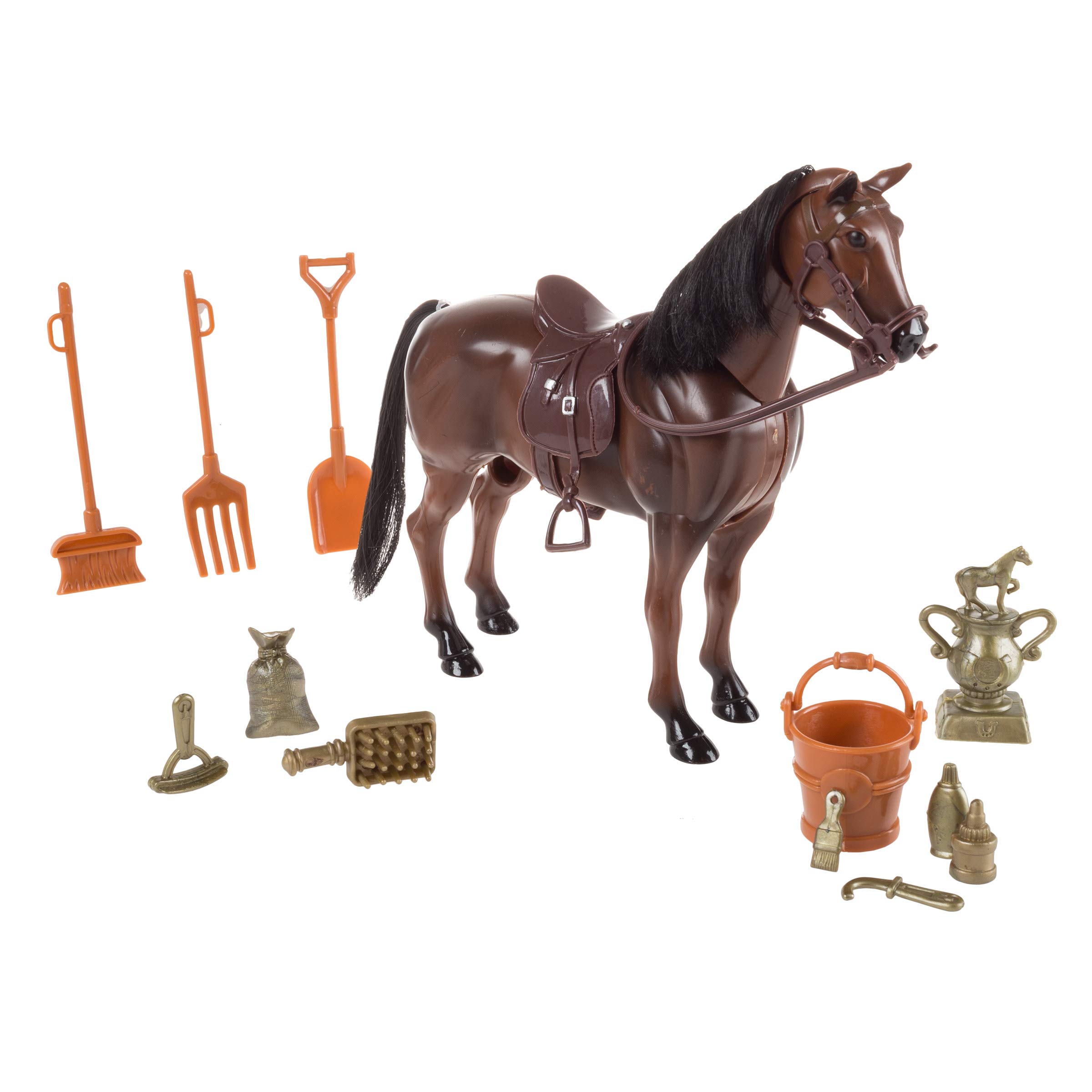
Observing horses at play goes beyond surface-level entertainment; it’s an intricate display rooted in their evolutionary history and herd dynamics. The multifaceted aspects of equine playtime encompass cognitive benefits, emotional bonding, sensory engagement, and learning opportunities. Delving into the reasons behind their playful behavior provides valuable insight into their mental and physical requirements.
Cognitive Benefits of Play for Horses
Play serves as a mental workout for horses, honing their sensory perception and critical thinking. It’s through these playful interactions that they learn to make sense of their environment, discern peer behaviors, and develop essential communication skills necessary for survival and interaction within herds, whether wild or domesticated.
- Cognitive challenge: Interactions with various objects and scenarios during play enhance problem-solving and adaptability.
- Non-verbal communication: Through play, horses convey messages and learn to interpret the intentions of others.
- Adaptation to environment: Playful engagement with their surroundings equips horses to handle environmental shifts and challenges with agility.
Strengthening Emotional Bonds Through Play
Emotional well-being is deeply tied to play in horses. It is through these interactions that they form and strengthen social bonds, demonstrate affection, and establish a sense of trust within the herd. Play also acts as a mechanism for mitigating tensions and preventing disputes amongst herd members.
- Expressions of friendship: Gentle physical engagements, such as nuzzling and mock chasing, signify companionship.
- Building trust: Cooperative games are instrumental in fostering mutual trust, essential for a harmonious herd life.
- Conflict resolution: Playing serves as an outlet for relieving stress and circumventing potential conflicts within the group.
Enhancing Sensory Experiences Through Play
Playtime enriches the sensory world of horses, keeping them engaged and mentally stimulated. The variety of stimuli encountered during play, from textures to sounds, is crucial for their sensory development. This holds particular importance for stabled horses, who may lack diverse sensory experiences in their more regulated habitats.
- Variety of stimuli: Diverse toys and play environments offer a wide range of sensory feedback.
- Encouraging curiosity: New and engaging playthings prompt exploration and keep a horse’s mind active and inquisitive.
- Learning adaptability: Regular exposure to novel stimuli through play enables horses to navigate unexpected situations with confidence.
Leveraging Observational Learning During Play
Younger horses often learn by watching and emulating the actions of their older counterparts during play. This observational learning is pivotal in passing down critical behaviors and skills, ensuring the development and continuity of the herd’s knowledge base.
- Role models in play: Youngsters pick up cues from adult horses’ play, which influences their own behavior.
- Transmission of survival tactics: Through playful imitation, vital survival strategies are shared within the herd.
- Heritage of knowledge: Play is a channel through which wisdom and techniques are preserved and passed on through generations.
Recognizing the complex and essential nature of horse play behavior enhances our understanding of their needs. It’s not merely about providing entertainment but about supporting their comprehensive development and well-being. By appreciating the multifunctional role of play, caretakers can better cater to the intricate and fascinating lives of these noble creatures.
Exploring Equine Amusement: Beyond the Ball
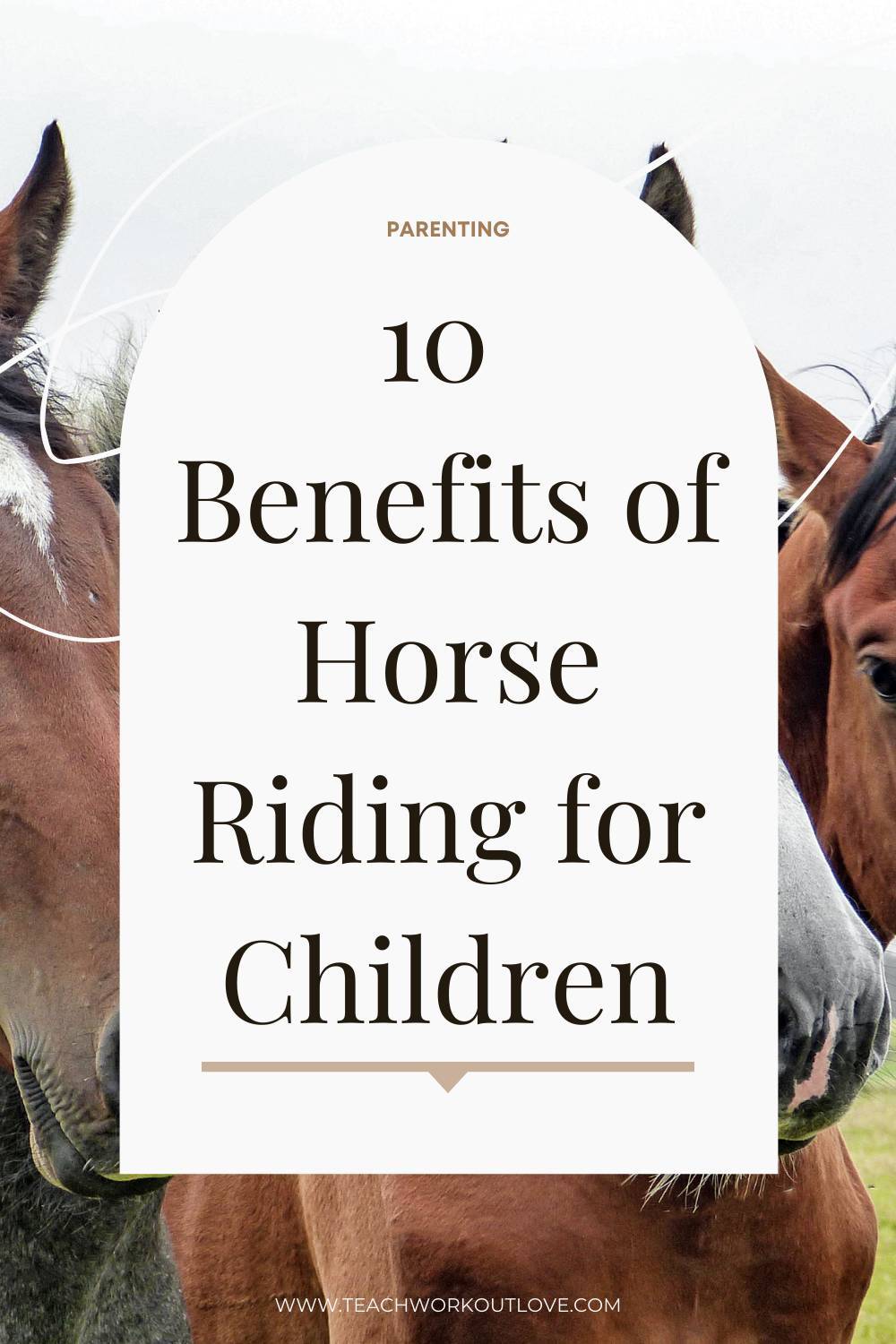
Engaging with dynamic toys such as balls, horses exhibit behaviors indicative of their inquisitive and instinctual nature. This interaction is not only a source of enjoyment but also a means to enhance their physical condition and mental alertness. Such toys are pivotal in mimicking the unpredictability of a horse’s natural environment, offering vital exercise and cognitive challenges that contribute to their overall health.
Dynamic Interactions and Their Benefits
The sight of equines interacting with balls captures their instinctive playfulness and curiosity. These interactions are beneficial as they:
- Simulate Natural Instincts: The ball’s movements can resemble those of prey or peers, engaging the horse’s natural drive.
- Promote Physical Health: The variety of movements involved in playing with balls supports cardiovascular fitness and muscular development.
- Stimulate Cognitive Function: The challenge presented by controlling a ball keeps the horse’s mind active, offering an enjoyable cognitive workout.
Diverse Playthings for Comprehensive Enrichment
While balls are a fundamental aspect of equine entertainment, there is a wide array of toys designed for horses that serve to enhance their cognitive abilities and physical skills. Exploring these alternatives:
- Interactive Feeders: These toys offer mental stimulation as horses navigate puzzles to access treats.
- Suspended Play Items: Toys that require reaching and stretching can help improve equine dexterity and coordination.
- Diverse Textures: Surfaces with varying textures can intrigue horses, catering to their tactile curiosity.
Incorporating a variety of these horse toys into their environment is essential in stimulating different natural behaviors, contributing to their well-being and preventing stress-related issues.
Comprehensive Sensory Stimulation in Play
Selecting horse toys that cater to a horse’s comprehensive sensory system is crucial. Toys that involve auditory and visual elements can provide a more enriching experience. For instance, toys with sound effects can pique a horse’s interest, while colorful toys enhance visual engagement and are easily distinguishable in various settings.
Such enrichment is key in maintaining not only the physical activity of horses but also their mental and emotional health. A well-rounded sensory experience can keep horses attentive, mitigate stress, and improve their living conditions.
Choosing Robust Toys for Energetic Play
The selection of toys for horses must account for their robust nature of play. Considerations when choosing suitable toys include:
- Material Endurance: Toys must be constructed from strong materials to endure the rigors of equine play.
- Chewability: Given that horses may chew on toys, they should be made of non-toxic materials that can resist such wear.
- Appropriate Sizing: Ensuring toys are of a size that is safe and yet easy for horses to manipulate is essential.
Providing durable toys that meet these specifications will create a secure play setting for horses, contributing to their happiness and proper development.
Optimizing Horse Health Through Structured Play
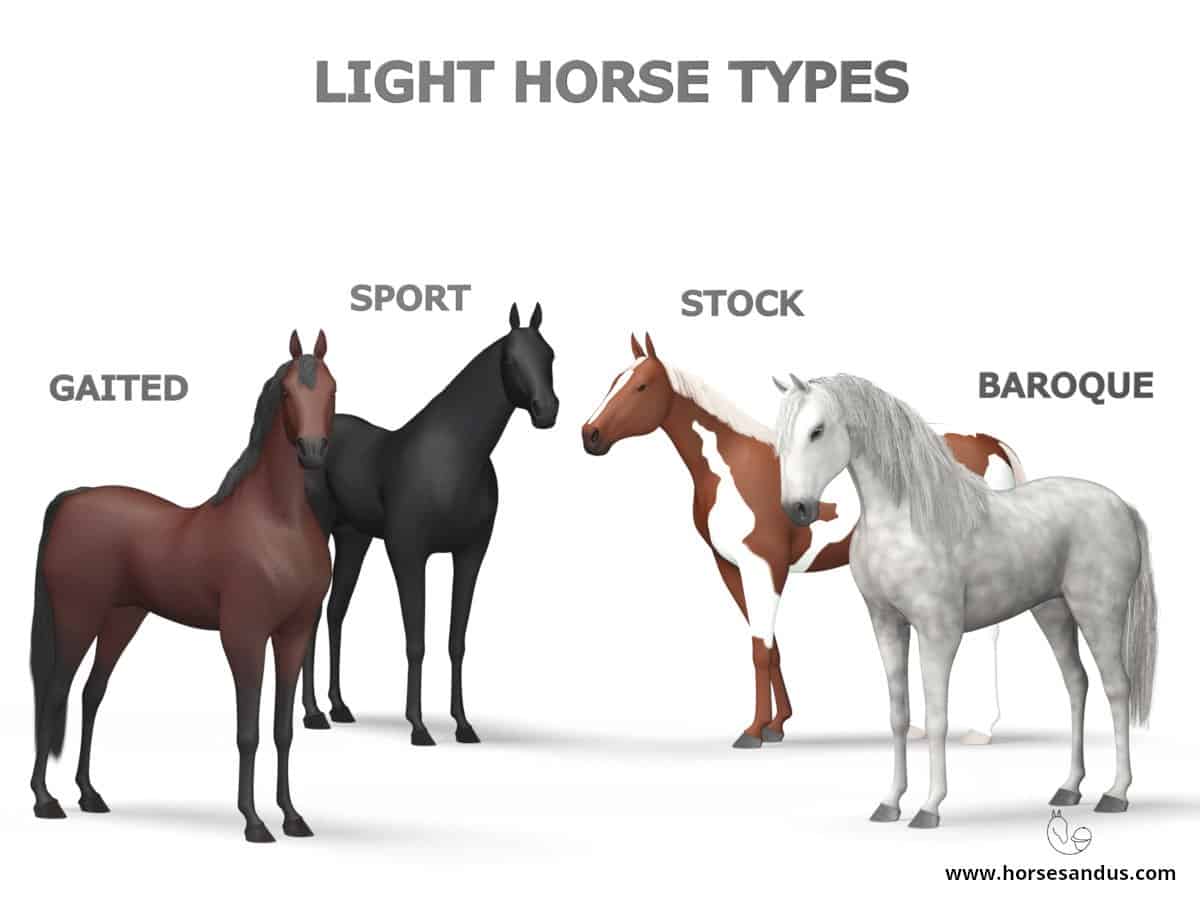
Play is a critical aspect of equine healthcare, offering a myriad of advantages that enhance a horse’s quality of life. Recognizing the importance of structured play is crucial in promoting a horse’s physical prowess, mental acuity, and emotional balance.
Optimizing Physical Health with Play
Play is instrumental in preserving and enhancing a horse’s natural physical abilities and overall fitness. These activities contribute to:
- Boosting cardiovascular efficiency through increased heart rate and improved blood circulation.
- Building stronger muscles and tendons, which lessen injury risks.
- Sharpening motor skills that require balance and precision during various play scenarios.
Such activities are vital for horses to maintain their agility and vitality, which is necessary across different environments and disciplines.
Supporting Mental and Emotional Stability with Play
Play is intimately connected to the mental and emotional health of horses. By participating in play, horses experience:
- Mental engagement that alleviates boredom and enhances focus.
- A reduction in behavioral problems by allowing the expression of inherent instincts.
- Improved learning capacity, with a noticeable increase in receptivity during training.
Consistent play ensures horses maintain a calm mindset, which is crucial for their well-being and their interactions with humans and fellow equines.
Enhancing Cardiovascular Health Through Play
Regular play serves as an effective cardiovascular workout, increasing heart rate and improving blood flow. This is essential for preventing heart conditions and bolstering overall endurance in horses. By facilitating playful activities, caregivers can reinforce the cardiovascular health of their equine companions.
Advancing Muscle Tone and Flexibility
Play significantly contributes to muscle development and flexibility. Rolling on the ground and interacting with toys help build muscle mass and improve limberness. This muscle conditioning is beneficial not only for sport horses but also for recreational horses, aiding in the prevention of stiffness and muscle wasting due to inactivity.
Promoting Joint Health and Coordination
Structured play is a proactive approach to maintaining joint health. The diverse motions experienced during play keep joints well-lubricated and agile, warding off arthritis. Additionally, the coordination needed to manipulate toys or engage with other horses enhances proprioception, which is essential for a horse’s physical adeptness.
Incorporating well-planned play into a horse’s daily routine plays a significant role in their physical development. The benefits are evident: they pave the way for a healthier, more dynamic life, marked by robustness, strength, and lasting vitality that epitomizes the spirit of these magnificent animals.
Insights into Playful Horse Activities
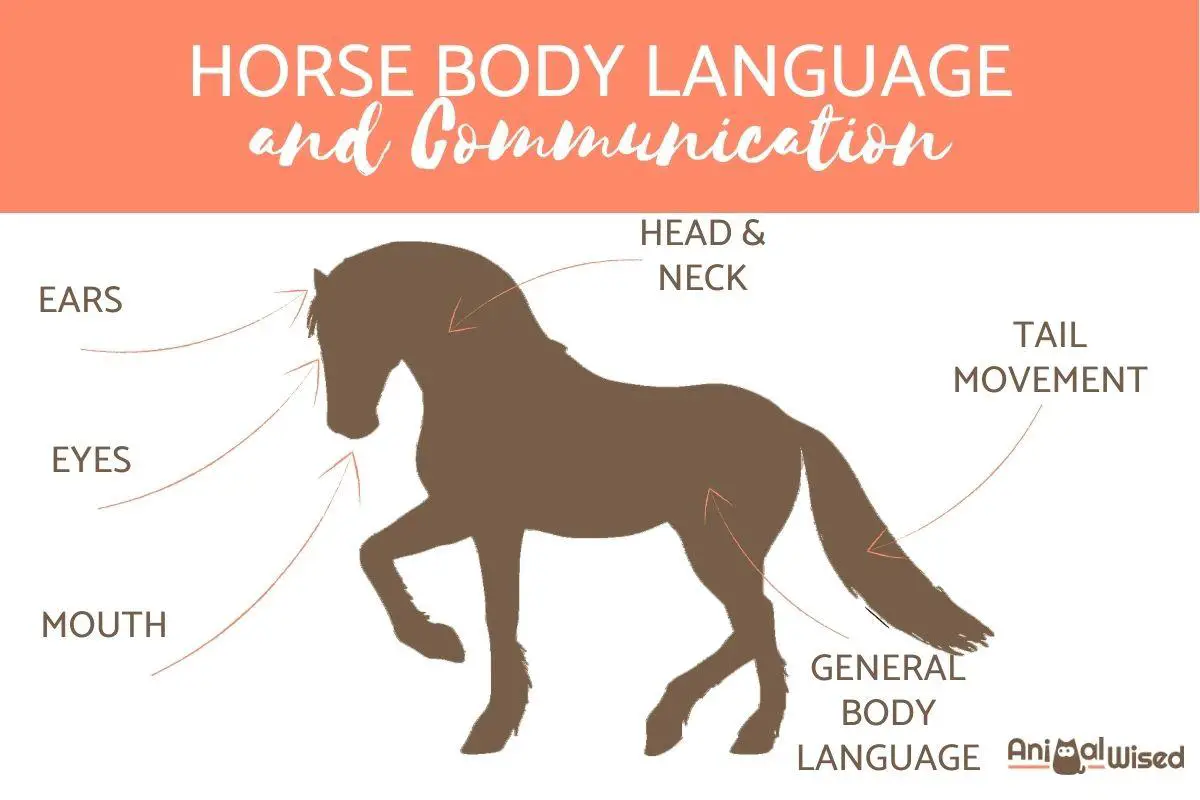
Investigating the various playful activities of horses provides valuable insights into their social structures and communication methods. These activities are crucial for their welfare and can influence how we manage and care for them. They range from individual object interactions to complex social engagements with other horses or even humans, each holding significance for their nature.
Diverse Forms of Equine Play
The spectrum of equine play is diverse, reflecting their intelligence and flexibility. These activities are not just for entertainment but also serve crucial roles in their lives, from the energetic frolics of young foals to more structured engagements among adults.
- Individual Engagement: Horses often amuse themselves by exploring and manipulating items or displaying energetic motions.
- Communal Interactions: Horses partake in social interactions, including synchronized activities and playful tussles, which are vital for forming relationships and learning social norms.
- Human-Horse Interaction: Play between horses and their human companions can strengthen bonds and facilitate training, enhancing mutual understanding and connection.
Object Interaction and Cognitive Stimulation
Equine interactions with objects such as balls and cones provide sensory stimulation and mental engagement. These solitary activities reflect their inquisitiveness and cognitive capabilities, as they navigate and impact their surroundings.
Movement-Based Play and Physical Development
Locomotor play, which encompasses running, jumping, and other dynamic movements, is crucial for developing physical prowess and coordination, particularly in younger horses as they grow and master their movements.
Social Engagement and Its Role in Equine Life
Interactive play is fundamental to a horse’s social existence, with a spectrum of activities from gentle exchanges to more energetic games. These interactions aid horses in building trust and understanding communal hierarchies.
Human Interaction and Training
Involving humans in equine play can lead to stronger emotional connections and more effective communication. Implementing play within training can make learning a positive and engaging experience for the horse.
- Free Movement: Engaging horses in unencumbered play can encourage spontaneous and natural behaviors.
- Incentive-Based Training: Integrating play with reward-based techniques can enhance the effectiveness and pleasure of the training process for the horse.
Understanding Herd Dynamics
Play within the herd provides a stage for younger horses to understand social boundaries and for adults to affirm social ties and order. Insights into these group dynamics are gleaned by observing equine play, revealing individual traits and relationships.
- Reciprocal Roles: Horses often alternate roles in games of chase, which may help delineate their positions within the herd.
- Social Reinforcement: Light grooming and companionable behaviors during play reinforce affirming social connections.
Enhancing Development Through Play
Play is indispensable for both the physical and psychological growth of horses. It helps horses acquire necessary skills and maintain fitness throughout their lives, thus promoting a well-balanced equine existence.
Play Across Life Stages
The nature of play evolves from the exploratory activities of foals to the intricate play of adult horses, each stage designed to meet the horse’s developmental requirements at that time.
- Young Exploration: Younger horses partake in play that aids in learning about their physical abilities and social surroundings.
- Advanced Play: Mature horses participate in complex play that can affect herd dynamics and individual conditioning.
By providing a rich array of playful horse activities that cater to their developmental stages, caregivers can bolster the comprehensive growth of these intelligent animals. Such support not only improves their daily experiences but also reinforces their physical and communal health.
Enhancing Horse Engagement with Thoughtful Toy Selection
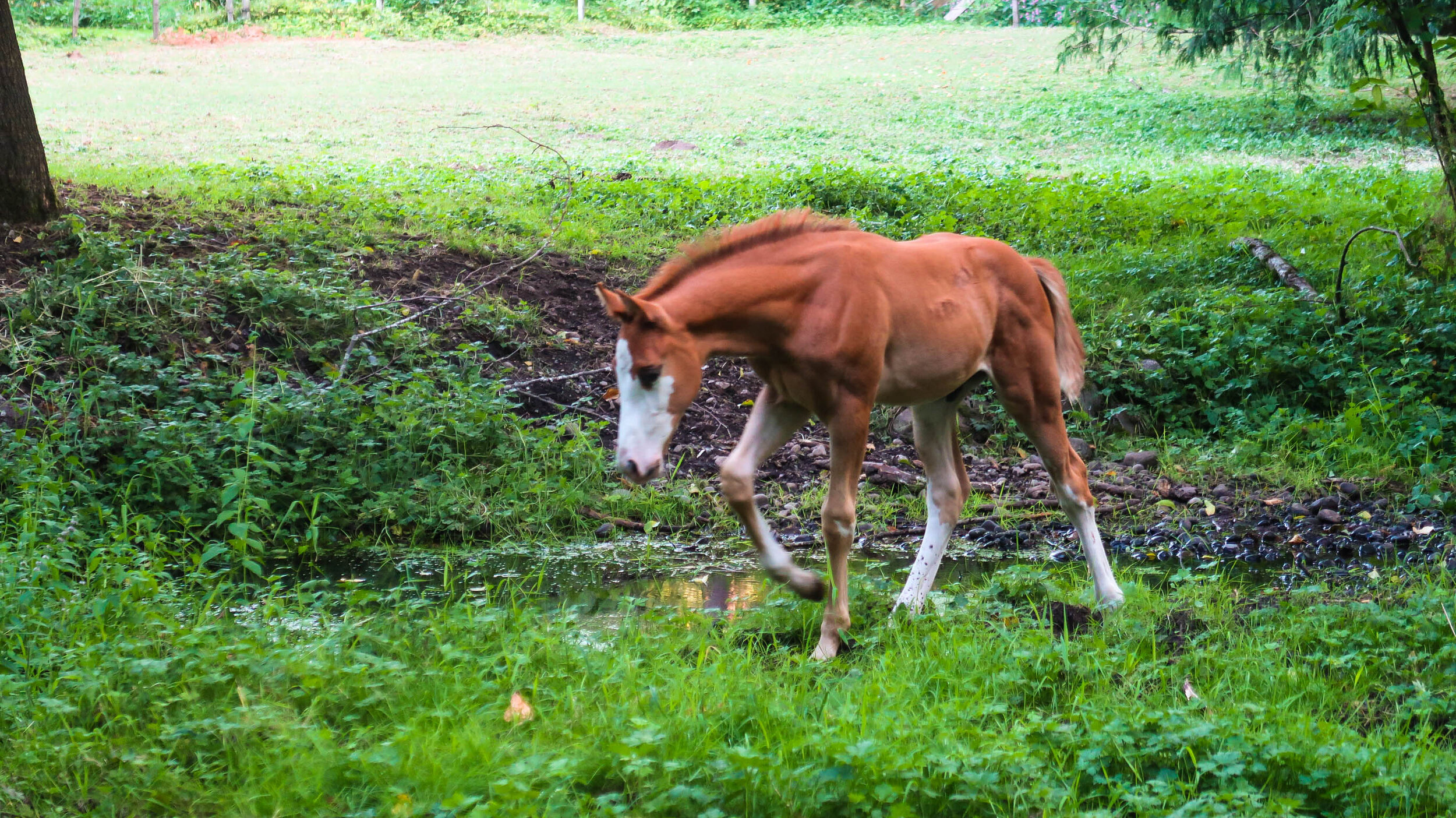
Choosing the appropriate playthings is essential for stimulating a horse’s interest and ensuring their environment is both mentally and physically enriching. When selecting these items, it’s important to consider toys that can withstand a horse’s playful strength and natural curiosity safely. The ideal toys should cater to individual horses, supporting their instinctive behaviors and unique preferences.
Considerations for Durable and Safe Horse Play
- Strength and Longevity: Focus on toys designed to endure the rigorous play of horses, capable of withstanding kicks and bites.
- Non-Hazardous Design: Steer clear of toys with small, removable parts that could pose choking risks.
- Size Appropriateness: Make sure that toys are neither too small to be ingested nor too large to be comfortably played with by the horse.
- Engagement Factor: Aim for toys that offer ongoing intrigue, perhaps by challenging their intellect or emulating natural horse behaviors.
Cost-Effective DIY Solutions for Horse Enrichment
Creating engaging play items for horses doesn’t have to be expensive. Homemade toys can be a cost-effective way to provide entertainment. Everyday objects, when used creatively, can become valuable enrichment tools.
Simple Treat Dispensing Devices
Transform everyday containers into treat dispensers to encourage horses to engage both their minds and bodies in the pursuit of a tasty reward.
Upcycling for Horse Play
Old tires and robust ropes, among other materials, can be repurposed to create interesting, textured toys for horses to investigate and play with.
Expanding the Scope of Equine Toys
Exploring unconventional toy options can lead to a more varied and stimulating environment for horses. Look into these innovative enrichment ideas:
- Scratching Solutions: Provide scratchers in stalls to fulfill the horse’s natural desire to scratch, which promotes comfort and counters boredom.
- Large Play Balls: Introduce sturdy, sizeable balls that horses can nudge or chase to encourage exercise and innate herding actions.
- Novelty in Scents and Tastes: Toys infused with various flavors or scents can engage a horse’s senses, resulting in more sustained play.
Discerning and Meeting a Horse’s Play Preferences
Close observation of your horse’s play behavior is instrumental in understanding their preferences. Noticing which toys and activities they are drawn to allows for a more personalized selection that will likely be more effective and enjoyable for them.
Enriching the Environment for Stabled Horses
For horses that spend more time inside, it’s important to foster a stimulating and dynamic stall environment. Consider these elements:
- Diverse Hanging Toys: Various items hung within the stall can motivate movement and provide entertainment, helping to prevent stall restlessness.
- Puzzle Feeders: Combining mealtime with mental challenges, feeder puzzles encourage horses to engage their problem-solving abilities for their food.
- Textured Surfaces: Different flooring textures can stimulate a horse’s tactile senses, offering a pleasant diversion from the monotony of a flat stall floor.
Keeping Horse Toys Intriguing Over Time
To keep your horse’s interest piqued, it’s beneficial to periodically change their toys. This practice not only averts boredom but also encourages a variety of play types, supporting diverse physical and cognitive advantages.
Personalized Play for Each Horse
Recognizing that each horse has its own character and needs is key when choosing toys. Customizing play items to match a horse’s individuality, life stage, and health ensures that the toys provide suitable stimulation and enjoyment.
Regular Inspections for Playtime Safety
Regardless of whether toys are handmade or commercially purchased, it’s important to routinely check them for damage. Promptly addressing any safety concerns by repairing or replacing compromised toys is essential to prevent accidents during play.
With deliberate selection and monitoring of horse toys and play items, caregivers can significantly boost equine engagement and welfare. By meeting the distinct needs of each horse, their playtime can be transformed into an enriching experience that contributes positively to their overall health and happiness.
Comprehensive Care: Incorporating Play into Equine Routines
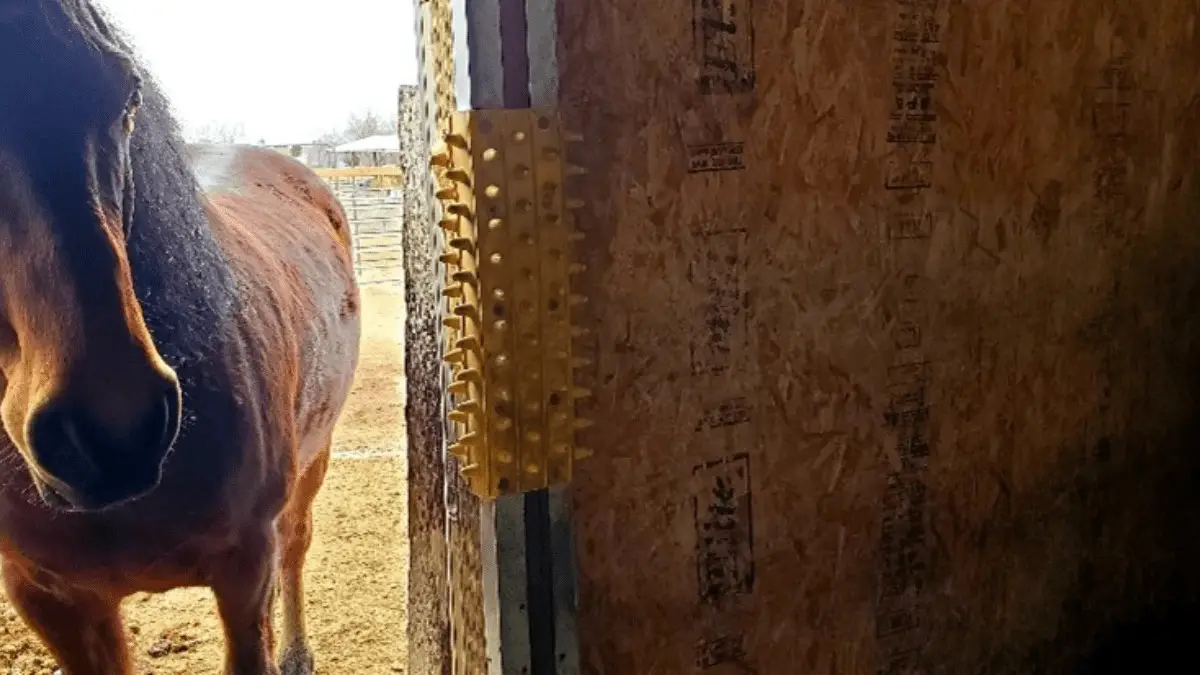
Equine playtime is as crucial as nutritional and medical care in a horse’s daily regimen. Thoughtful play activities can significantly enhance a horse’s physical strength, mental acuity, and emotional balance. Recognizing the role of play in equine welfare is key to elevating their overall life quality.
Developing Structured Playtime Strategies
Effective playtime for horses transcends random toy distribution. It involves a deliberate approach, tailored to the specific characteristics and abilities of each horse. A weekly schedule offering both solitary and social playtime helps maintain enthusiasm and prevents exhaustion.
Tailoring Activities for Unique Equine Personalities
Recognizing the diversity among horses, caregivers can design activities that resonate with each horse’s particular preferences, supporting their personal growth. A horse fond of sensory exploration may enjoy textured surfaces, while another might prefer mentally challenging games.
- Implement obstacle courses to nurture strategic thought and agility.
- Produce sensory paths with diverse ground textures for novel experiences.
- Offer responsive toys that actively engage the horse’s interest.
Prioritizing Safety in Play Spaces
Ensuring safety in play areas is paramount. This includes consistent inspections for any potential dangers within the toys or the environment, preventing any accidents or behavioral issues.
- Routinely check play areas for any potential hazards.
- Verify that all toys are non-toxic and durable against breakage.
- Inspect play equipment regularly for signs of damage or wear.
Adapting Play for Different Equine Habitats
Even in smaller enclosures, there are ways to facilitate play. Utilizing the available space creatively, such as vertical spaces for toys or temporary play stations, can offer mental and physical stimulation for confined horses.
- Rotate mobile play stations throughout different areas.
- Hang toys or install play panels to use vertical spaces efficiently.
- Incorporate puzzle feeders during meals for engagement.
Assessing Playtime to Enhance Equine Well-being
Close supervision during play helps gauge a horse’s interaction with toys and determine any adjustments needed for their playtime. Noticing how a horse plays provides insights into their current state and can influence future playtime to ensure positive and enriching experiences.
- Watch for the horse’s engagement and body language.
- Identify behavior changes that may signal distress or discomfort.
- Modify play activities to align with the horse’s demonstrated preferences.
Incorporating play thoughtfully into equine care ensures a holistic approach to their welfare. A harmonious mix of exercise, rest, and care routines contributes to the horse’s overall health, emphasizing the indispensable role of play in thorough horse care and play.
Horses are not only majestic creatures known for their strength and speed, but they also have a playful side that can be quite endearing. While understanding their playful behavior, you might also be curious about other aspects of their lives. For more information on horses and how to interact with them, you might want to explore how they mate by checking out our article complete with pictures of horses mating. If you’re interested in riding, you’ll find it useful to learn about the different equipment used by reading what you use to ride a horse. And for those looking to spend more time with these noble animals, our guide on how to be around horses will provide valuable tips for a safe and enjoyable experience.
Conclusion: Enhancing Equine Welfare through Play
Play is a fundamental aspect of horse welfare. It provides numerous benefits that contribute to a horse’s physical, mental, and emotional well-being. By offering a variety of toys, including balls, and encouraging playful activities, horse owners can greatly enhance the quality of life for their equine companions.



